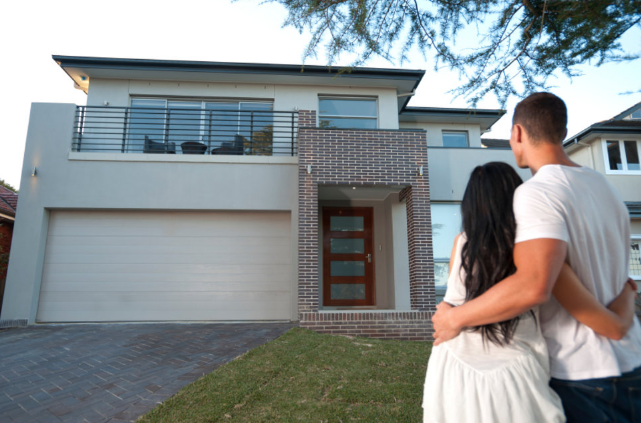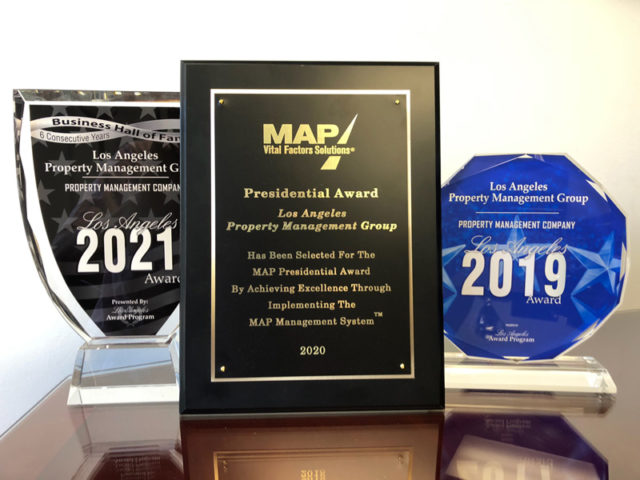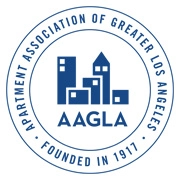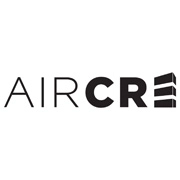If you’re reading this then, you’re probably new to the real estate investment industry. Whether you’ve been lured to invest in a multi-family home, or you are genuinely considering buying one for your personal or rental use, here are few things you need to consider before you dive right into it. The differences between single and multi-family can impact your investment a great deal. So here goes, let’s find out the nitty-gritties.
Financing
This one is a no-brainer. Obviously, a “single” home will be less in terms of finance as compared to a “multi” home but did you know that single-family homes are much easier to finance? They have lower interest rates as compared to multi-family dwellings, and the loan-to-ratio value is a lot higher. Furthermore, single-family homes in the San Fernando Valley are significantly cheaper in comparison. Therefore, investors are more likely to opt for purchasing with cash instead of looking towards financing options.
While the the rules and regulations of funding vary from banks to lenders when it comes to multi-family homes, lenders are more concerned about the potential income a property can earn. They are interested in whether the property will earn sufficiently for the mortgage repayment or not. Most of the time, commercial financing is necessary for massive structures with more than five units.
Leasing
Getting down to leasing, you will find that the terms for both types of homes are more or less the same, and are dependent upon the state laws. The only significant difference could be a few extra clauses related to rules of living in a multi-family house. Whereas a single-family home does not require such regulations, a multi-family house have specific clauses for behavior, usage of common areas and so on. The terms are mostly of a precautionary nature. For instance, there might be a clause that classifies bad behavior with neighbors as grounds for eviction. Similarly, allowing the tenant to avail the facility of a common area on the condition that they follow the rules strictly.
Maintenance
Where there are few people, there is likely to be less work. For this reason, single-family homes are simpler and cheaper to maintain. Concerning rental agreements, tenants usually pay for most of the utilities, essentially removing the burden from the landlords’ shoulders. This also includes any landscaping costs that may incur. Ultimately, it would help you to reduce long-term maintenance costs.
In multi-family homes the same thing follows regarding utilities. However, the tenants may not have to pay the landscaping costs, structural upgrades or building of common areas such as reception, parking space, swimming pool, and flood prevention walls etc.
Insurance
Insurance is both cheaper and easier to obtain for single-family homes. The cost of insurance for multi-family homes is dependent upon the size and the value of the property. It also depends on any extra coverage that the owner may require. For example, wanting additional coverage for floods because the location for the multi-family home is near water will increase your insurance premium. Typically, multi-family landlords recommend their tenants to acquire renter’s insurance. This would allow them to protect all of their belongings regardless of the building’s insurance coverage.
Affordability
For a homeowner, single-family homes are comparatively more affordable. Single-family dwellings require a down payment of about 10-15%. Multi-family properties on the other hand can mandate up to 20-25% down payment which can be quite heavy on the pocket. Furthermore, financing is available for both types of houses. However, the amount you borrow for a single-family home will probably be a lot lesser than for multi-family one, making it easier for first time homeowners to get their first home. But then if you have a large family, or intend on rental income from multiple units, multi-family homes will be your safe bet.
Different Markets
The market is significantly different for each type of property. Single-family houses are more in demand when the real estate market is doing well. When the need for rental property is high, as an investor you are more likely to opt for multi-family homes. This is because you want to cash in on the opportunity and rent out the units to as many people as possible.
Furthermore, the value of single-family homes appreciates more in comparison to multi-family one. There are various reasons for this, but mainly, it is because of the fluctuation in demand for the property. For instance, the value of a multi-family home in the market depends upon the condition of the property along with average rent from tenants in the same building as well as in the market. Single-family homes, however, are assessed by an available tenant pool and how much they demand the property. If the property is in an excellent location and is well-maintained, it will be heavily desirable. Due to this heavy demand, the value will appreciate faster.
Evaluation is Key
Each type of home has some positives and negatives. Honestly, it’s more about your purpose of purchasing the property rather than usage, and consequently valuation of it against your investment. As long as you know why, selecting one should not be a difficult choice. And if you’re looking for a property management company to recommend, then who better than us.









